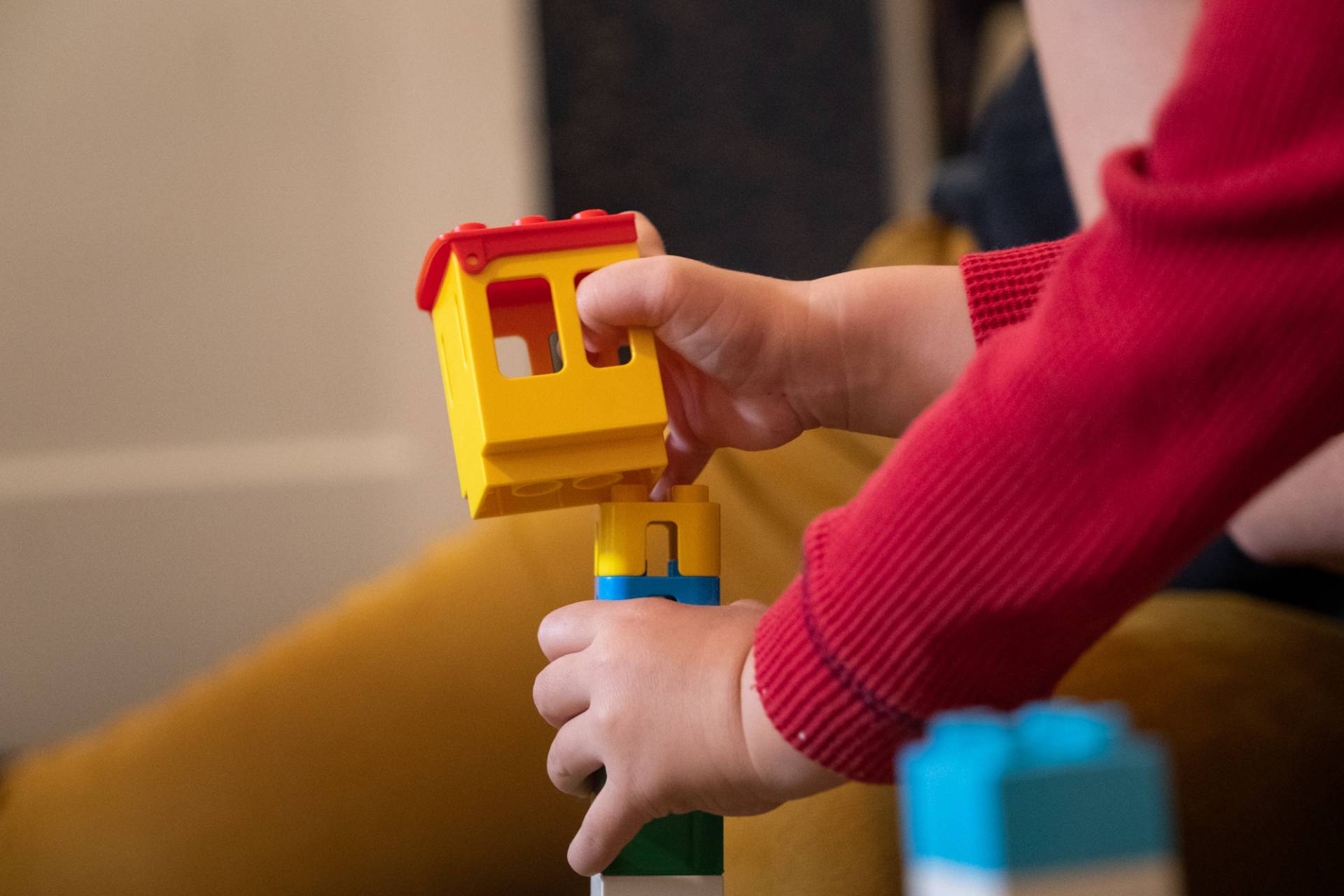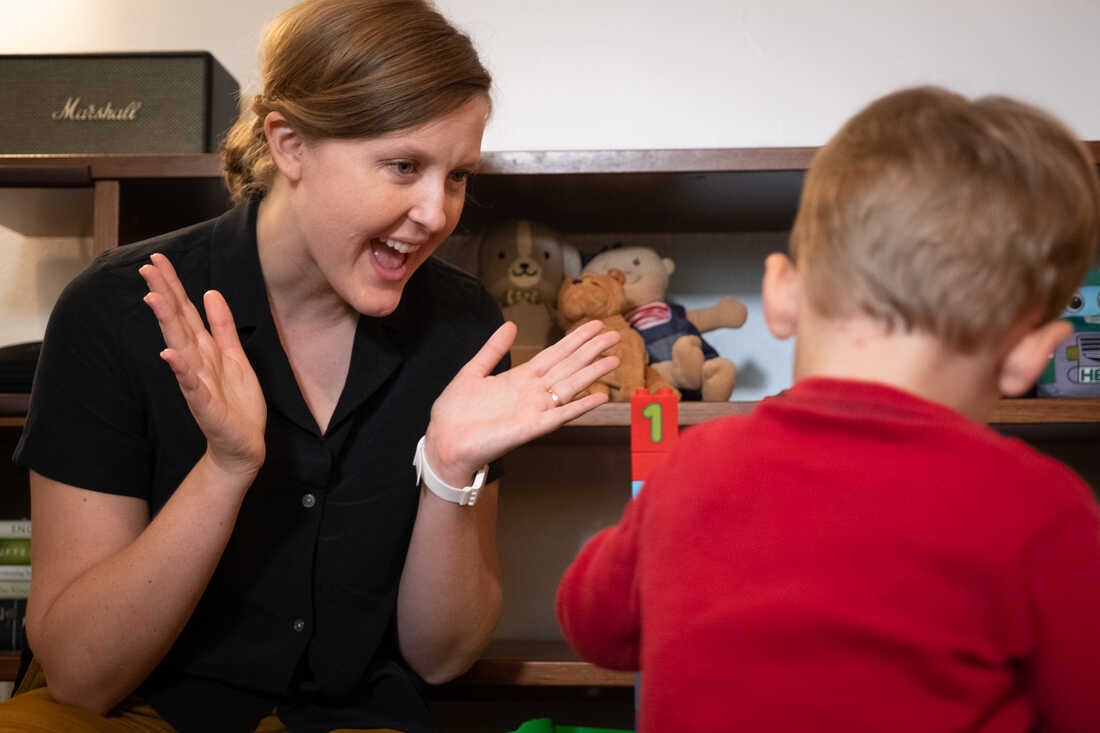[ad_1]
The concept, developed by psychologist Sheila Eyberg in the 1970s, is simple. For at least 5 minutes a day, sit down with your child and join them in an activity. That includes drawing, playing with dolls, building blocks — anything that doesn’t have a right or wrong way to play (like video games), says child psychologist Kerrie Murphy. Don’t ask questions or give commands — this is your child’s time to be in charge.
Research has shown that this kind of playtime can be helpful in treating disruptive conduct in children. According to a 2017 review of literature, parent-child interaction therapy — which includes special time — has long been regarded as an “effective intervention for a myriad of emotional and behavioral difficulties” since it was developed in the 1970s. And it’s been shown to boost attention spans and social skills in children.
If you’re ready to try special time with your child, read our handy guide below.

Follow ‘PRIDE’ when doing special time
Researchers developed the acronym “PRIDE” to help parents and caretakers remember the tenets of child-led play when engaging in special time. These actions encourage adults to follow their child’s lead, provide positive attention and ignore minor acts of disobedience, with the goal of reinforcing appropriate behaviors. Keep these directives in mind as you play with your child.
P: Praise
Give your child specific praise as you play together. “Rather than saying ‘good job,’ because kids hear that all day long,” says Harrison, “say ‘I love the way you stack those blocks high.’ ” Focus on behaviors you want to see more of and provide positive affirmation. For example, if you see a child encouraging you to dress up a doll first, then going second, you might say: “Thank you for letting me take a turn.”
R: Reflect
As your child plays, verbally repeat back some of what they say. “If they say ‘and it crashes,’ I’m going to say ‘and it crashes,’ ” explains Harrison. The repetition shows your child you understand them and that you’re listening. Focus especially on talk you’d like to hear more of. For example, if they say, “I’m reading a book!” you might say, “you’re reading a book!”
I: Imitate
Join your child in parallel play. If they are stacking Legos, you stack Legos. If they are making dots on paper with a crayon, you make dots on paper with a crayon. This shows your child you’re playing with them.
If they don’t want you to imitate them, they’ll let you know. “They’re going to give me an instruction, and during special time I am going to follow that instruction,” says Harrison. “Children don’t feel enough power in a world that’s dominated by adult demands. This might mean little to you as the parent, but it means the world to a child to have you join them this way. That is what makes special time therapeutic.”
D: Describe
Narrate what your child is doing as though you’re a sportscaster calling a game, says Harrison. And remember, sportscasters don’t “coach the game or tell the players what to do. They describe what they’re seeing for an audience.”
So when you’re sitting with your child, go ahead and describe their activity. For example, if your child puts an orange block on top of their tower, you might say, “You just put an orange block on top of your tall tower!” Again, this demonstrates your interest in their actions.

E: Enthusiasm
Show enthusiasm while playing with your child by smiling, clapping or using your words to express you’re having a good time. So if you see that they completed a puzzle or dressed up their doll, you might say, “Wow, you dressed your doll in such bright colors! I had so much fun picking this outfit out with you!” and give them a high five.
What matters, says Harrison, is that you’re “authentically communicating verbally and non-verbally to your child that you’re interested and excited to be with them.”
The best toys and activities for special time
Play with toys that encourage imagination or creativity, says Harrison. That includes blocks, magnetic tiles, trucks, train sets, kitchen and play food — and simple arts and crafts like drawing or coloring with crayons.
Steer clear from toys or activities that have a lot of rules, such as board games, or lend themselves to rough or messy play, like pretend sword-fighting or painting, says Murphy. The idea is to avoid situations where you might have to explain directions or tell your child to “be careful,” she adds.

Who should do special time
Special time is recommended for children ages 2 to 7. Each caregiver in the household — mom, dad, grandma, uncle, whoever — should take turns doing special time with each child at home, says Murphy. That way, each child has a chance to receive positive attention from the adults in their life. And remember, it’s a one-on-one treatment, so if you have two kids, don’t lump their special time together.
How long to do special time — and when
Harrison recommends doing at least 5 minutes of special time with your child at least four times a week and making it part of a daily routine, perhaps a little before bedtime to help your child relax.
And keep in mind, says Murphy, the practice often feels awkward for adults at first. But give it a week or two, and you’ll find that your child won’t “want it to end. That’s proof in the pudding right there.”
[ad_2]
Source link